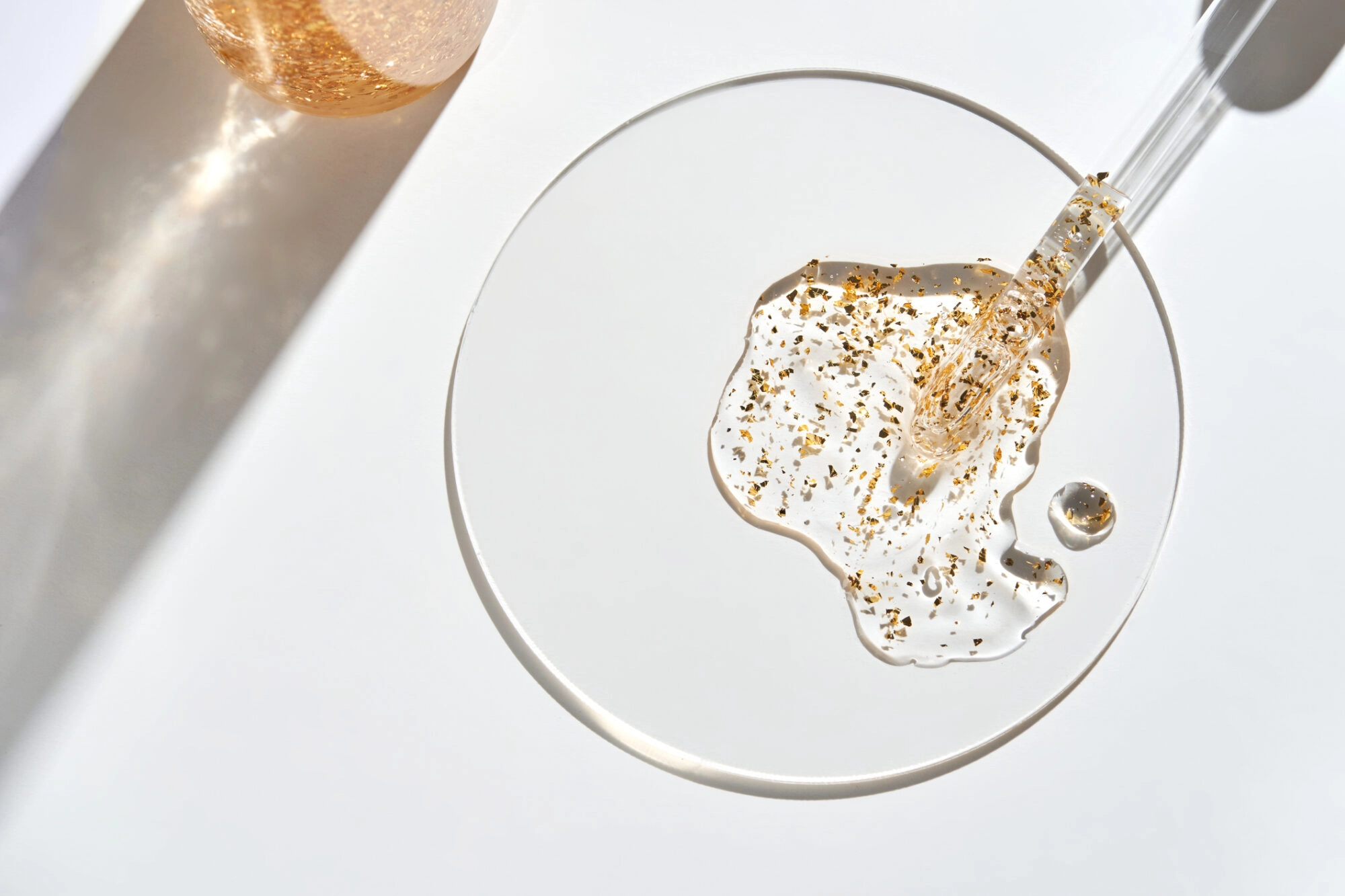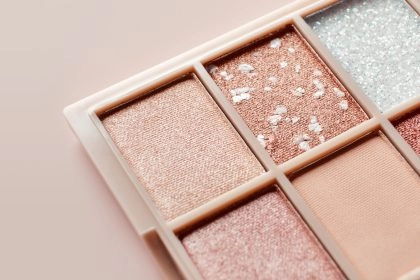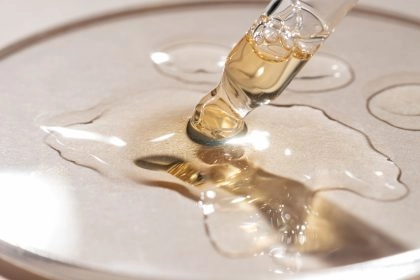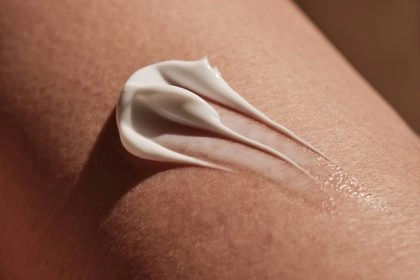Le nouveau règlement sur les microplastiques : ce qu’il faut comprendre
Le 25 septembre 2023, dans le cadre du règlement REACH, la Commission européenne a adopté la loi sur les restrictions des microplastiques ajoutés intentionnellement.

REACH : L’Union européenne interdit les microplastiques
Avec l’adoption du Règlement 2023/2055, publié par la Commission européenne le 25 septembre 2023, le cadre réglementaire européen des produits cosmétiques a récemment subi un changement significatif. Ce texte, qui fait partie des réglementations REACH, introduit de nouvelles restrictions cruciales sur les microparticules de polymères synthétiques. Il impose des limites strictes sur les microplastiques ajoutés intentionnellement dans des produits tels que ceux utilisés dans l’industrie cosmétique. Examinons les implications de cette réglementation – communément appelée « restriction des microplastiques » – pour les professionnels de la cosmétique.
Réglementations sur les microplastiques en Europe
Pourquoi une restriction des microplastiques ?
Les plastiques ont de nombreux avantages. Ils sont souvent plus économiques que d’autres matériaux. Cependant, s’ils ne sont pas correctement éliminés ou recyclés, ils persistent dans l’environnement pendant des siècles. Ils se décomposent en microplastiques, de petits morceaux de moins de 5 mm, qui représentent une véritable menace pour la flore et la faune. En raison de leur nature non biodégradable, ces minuscules morceaux de plastique s’accumulent dans divers environnements et se retrouvent dans la chaîne alimentaire et le corps humain. Ces particules peuvent avoir des effets (éco)toxiques et physiques sur les organismes vivants.
La majeure partie de la pollution par les microplastiques provient de la dégradation de plastiques plus volumineux, tels que les pneus usagés, les surfaces sportives artificielles ou le lavage de vêtements synthétiques. Ces émissions sont estimées à environ 176 000 tonnes par an. Mais ces émissions peuvent également provenir de produits fabriqués intentionnellement et ajoutés à des produits de consommation à des fins spécifiques, comme dans les cosmétiques.
Règlement de la Commission (UE) 2023/2055
À la demande du Parlement européen, la Commission a travaillé à l’élaboration de solutions pour réduire les déchets plastiques dans l’environnement marin. En 2017, la Commission a donné mandat à l’Agence européenne des produits chimiques (ECHA) pour une évaluation des risques des polymères synthétiques ajoutés aux produits. Les conclusions de l’évaluation réalisée par l’ECHA, démontrent que 42 000 tonnes de polymères synthétiques ajoutés intentionnellement se retrouvent dans l’environnement de manière non contrôlée. Par conséquent, l’Agence a recommandé de les restreindre en janvier 2019.
Le 25 septembre 2023, la Commission européenne a adopté le règlement 2023/2055. Celui-ci interdit la vente de microplastiques seuls et des produits auxquels ils ont été intentionnellement ajoutés. Sur une période de 20 ans, ce règlement empêchera le rejet de 500 000 tonnes de microparticules de polymères synthétiques. Cette initiative s’inscrit dans le cadre du plan zéro pollution, qui vise à réduire la pollution plastique de 30 % d’ici 2030 et est conforme aux objectifs du pacte vert pour l’Europe et du plan d’économie circulaire.
Interdiction des microplastiques dans les cosmétiques
Quels sont les microplastiques dans les cosmétiques ?
Dans l’industrie cosmétique, les microplastiques jouent un rôle crucial en tant que principaux abrasifs et sont souvent appelés microbilles. Mais leur fonction ne s’arrête pas là. Ces particules sont utilisées à des fins multiples, contribuant à des modifications de textures, telles que le contrôle de l’épaisseur, l’amélioration de l’apparence et la stabilisation du produit. Les paillettes plastiques, quant à elles, sont utilisées à des fins esthétiques. Par exemple, elles sont incorporées dans les produits de maquillage.
Bien que ces particules indésirables ajoutées aux produits de soins ne représentent que 2 % des émissions totales de microparticules de polymères synthétiques couvertes par la restriction, elles en font partie intégrante. De nombreux États membres ont déjà adopté des interdictions nationales sur l’utilisation de microbilles dans les produits cosmétiques. L’objectif de cette législation européenne est donc la normalisation des règles au niveau européen.
À quelles microparticules s'applique précisément l'interdiction ?
Le règlement 2023/2055 interdit les microparticules de polymères synthétiques, seules ou mélangées, si elles atteignent ou dépassent 0,01 % en masse. Ces microparticules doivent répondre à certains critères pour être soumises à l’interdiction :
Elles doivent être incorporées dans des particules plus grandes.
1. Elles doivent constituer au moins 1 % en masse de ces particules hôtes ou former une couche de surface continue recouvrant ces particules.
2. 1 % des particules doivent avoir des dimensions inférieure ou égale à 5 mm, ou une longueur ne dépassant pas 15 mm, avec un rapport longueur/diamètre supérieur à 3.
L’interdiction ne s’applique pas aux polymères suivants :
- Substances issues de processus de polymérisation naturelle
- Matériaux avec des caractéristiques de dégradabilité
- Composés avec une solubilité élevée
- Polymères ne contenant aucun atome de carbone
Les polymères confinés par des moyens techniques, ceux qui sont incorporés de manière permanente dans des matrices solides ou ceux qui sont modifiés pendant leur utilisation finale prévue sont exclus.
Quels sont les délais de conformité pour les produits cosmétiques contenant des microparticules de polymères synthétiques ?
La première mesure de la nouvelle loi sur l’interdiction des paillettes en vrac et des microbilles, est entrée en vigueur le 17 octobre 2023. Il convient de noter que les produits non conformes déjà sur le marché de l’UE avant cette date peuvent être vendus jusqu’à épuisement des stocks existants.
Le règlement européen prévoit un délai de mise en oeuvre progressif allant de 2025 à 2035 concernant les autres produits contenant des polymères synthétiques. Ces produits peuvent être sur le marché jusqu’à :
- 17 octobre 2027 : pour les produits rincés
- 17 octobre 2028 : pour les cires, les polissants, les détergents
- 17 octobre 2029 : pour les cosmétiques non-rincés, les parfums encapsulés
- 17 octobre 2035 : pour le maquillage, les cosmétiques pour les lèvres et les ongles. Notez que ces produits devront porter une étiquette indiquant qu’ils contiennent des microplastiques du 17 octobre 2031 au 16 octobre 2035 afin de pouvoir continuer à être vendus.
Cette interdiction des microplastiques est une obligation de passer à des formules « zéro plastique » et implique donc le développement d’alternatives biologiques et naturelles aux matériaux synthétiques. Ces changements impliquent des phases de R&D importantes pour de nombreuses entreprises.
Plus ressources qui pourraient vous plaire





